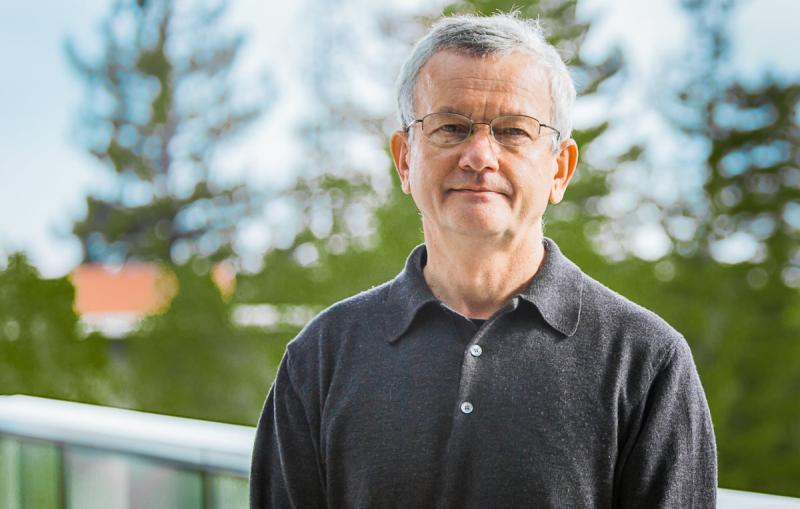
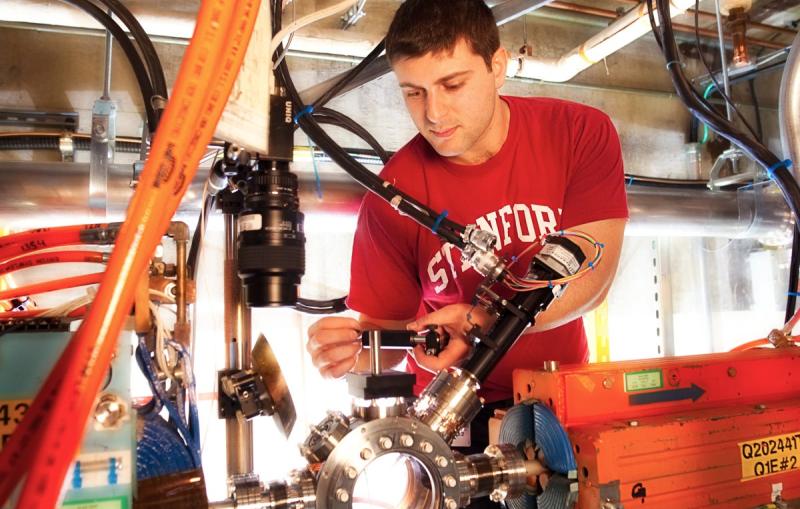
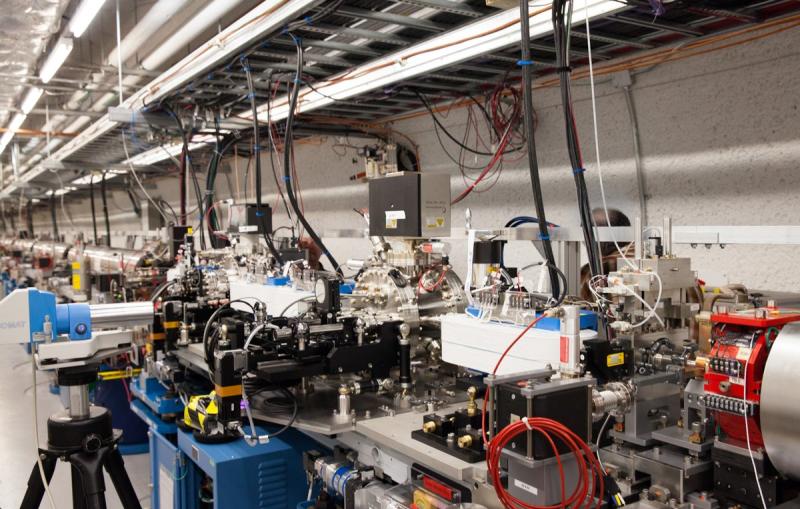
Photograph
The nanoscale patterns of SLAC and Stanford’s accelerator on a chip gleam in rainbow colors prior to being assembled and cut into their final...
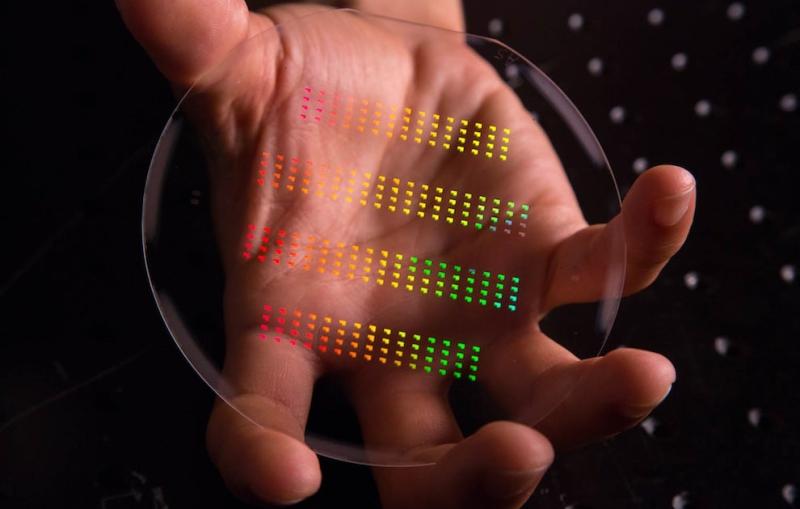
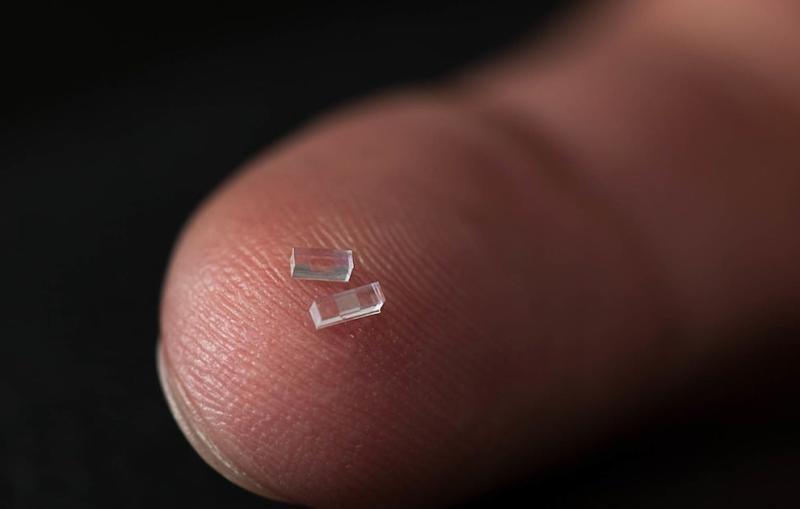

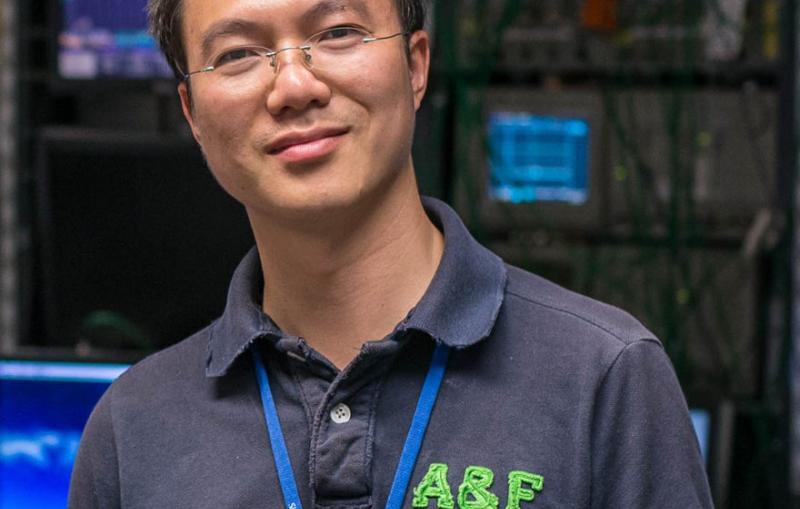
New technologies, such as "plasma wakefield" accelerators, can boost electrons to very high energies in very short distances. This could lead to linear accelerators that are 100 times more powerful, boosting electrons to a given energy in one hundredth the distance.
Related link:
Advanced accelerators



The nanoscale patterns of SLAC and Stanford’s accelerator on a chip gleam in rainbow colors prior to being assembled and cut into their final...



